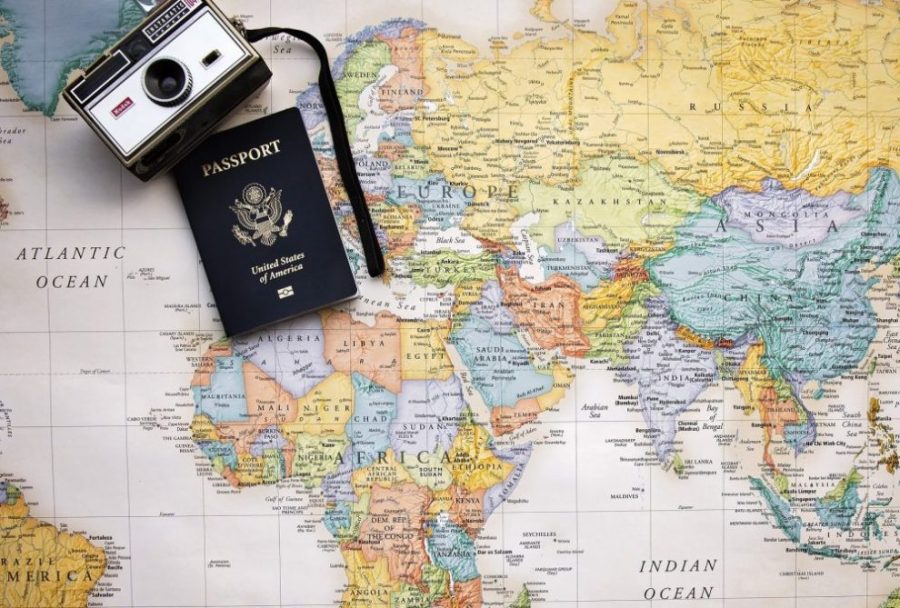Dual citizenship is probably most important and widely debated topic among expatriates and diaspora population across the globe.
A new study was carried out by university researchers comparing the dual citizenship trends since 1960’s.
The study reveals three-quarter of countries accept dual citizenship for expatriates acquiring another citizenship up from less than one-third in 1960. This trend is most pronounced in the Americas, Oceania, and Europe and, though still noticeable, less strong in Africa and Asia.
The expatriate dual citizenship acceptance has increased in the last half century from one-third to three-quarter of states globally. Near complete acceptance in the Americas, Europe on the global trend, Africa and Asia below the trend.
In a substantial number of states across the world, citizens automatically lose their citizenship upon the voluntary acquisition of another citizenship.
The history of how dual citizenship was long disfavoured requiring absolute allegiance, covered in literature. The gradual development of the right to expatriation in the 19th century was a first significant step towards tackling the undesirable phenomenon of potentially conflicting allegiances. In 1960 both the USA and Canada did not accept expatriate dual citizenship and more than half of the countries in Central and South America applied a rule of automatic loss upon the voluntary acquisition of another citizenship.
Today’s rules in the majority of countries reflect a different, more tolerant approach towards expatriate dual citizenship than 50 years ago.
Figure below shows a strong trend towards acceptance of expatriate dual citizenship in the past half century. While less than 40 per cent of all countries that existed in 1960 accepted dual citizenship, this percentage increases steadily to over 70 percent of countries in 2017. This trend took place in all regions around the world, though more forcefully in some than in others.
The trends further shows America, Oceania and Europe have have more tolerance for dual citizenship above world average. Africa above Asia in terms of dual citizenship tolerance
According to the model applied by researchers showed,
- 23% of countries never allowed dual citizenship, 44% always allowed dual citizenship, and in 32% of the countries a change in policy occurred since 1960.
- The recent adoption of dual citizenship by a neighbouring country increases the probability to accept expatriate dual citizenship
- If first voting rights are extended abroad, subsequently are followed by dual citizenship reform.
- Higher remittances increase likelihood for a country to move to tolerant dual citizenship regime. Economically powerful diaspora that pushes for dual citizenship liberalisation
- Expatriate dual citizenship toleration increases over time and clusters spatially.
The paper concludes expatriate dual citizenship toleration increases over time and clusters spatially with dual citizenship liberalization reflects an agenda of modern diaspora governance where expatriates are increasingly viewed as part of a community that continues to contribute to political and economic development of sending states.
The full study is available here






